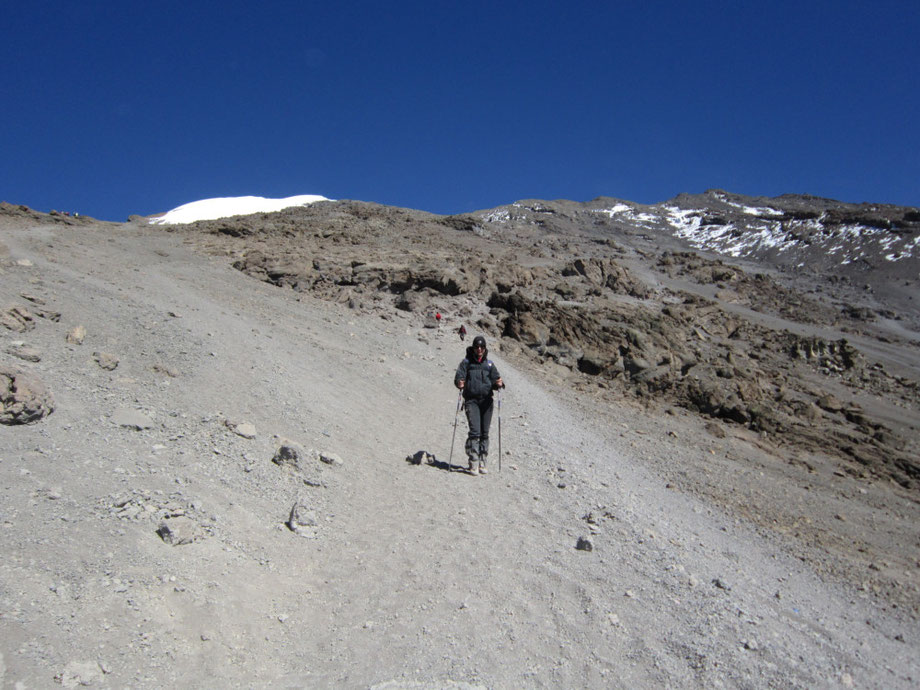You only have to look online to find all kinds of recommended packing lists for your Kilimanjaro Expedition. Some people recommend you pack light, others recommend you pack everything, and some people tell you not to pack at all, but rather rent of your climbing equipment and gear in Tanzania, but if you want to make it to Uhuru Peak at 5,895 metres above sea level, you need to take care of your feet!
If you don’t want to purchase an expensive sleeping bag or high altitude gear such as a down jacket and gloves, you can rent these, but you will need to invest in some comfortable hiking boots and socks (if you don’t already have them), and it is strongly recommended that you go for quality rather than quantity.
Feet First
The most important piece of equipment for your Kilimanjaro Expedition is a good pair of hiking boots that you have broken-in prior to your climb. You can expect to pay anywhere between £100 – £250 for top quality Gore-Tex protected hiking boots, but after day one on the mountain, you’ll be glad you invested in the best. Don’t scrimp here – blisters and wet feet will make for a very miserable climb!
Things to look out for when choosing your hiking boots include ankle support, a good rubber sole, a warm sweat-wicking lining, and most importantly of all, Gore-Tex or a similar waterproof protection. Your feet will get wet, even if it doesn’t rain, and if the water penetrates your boots, you will have no chance of drying them out until you get down the mountain.
Never ever be tempted to wear brand new boots on day one of your Kilimanjaro expedition. Wear them while training at home for at least of couple of weeks before you depart for Tanzania, and then wear them on your flight to Arusha. Do not pack them in your luggage, as if you bag goes missing, you will be stuck!
Next up comes socks. Treat yourself to 5 or 6 pairs of Marino wool trekking socks to keep your feet warm and dry from day one. Another great investment, they will protect your feet from blisters, and as they have great sweat-wicking properties, you’ll avoid smelly feet too! To protect your feet during the night when temperature drop to minus 10 degrees, wear thermal socks and take an extra pair for summit night – when you’ll appreciate them more than ever!
Climbing Kilimanjaro is both mentally and physically draining, so look after your feet, and have one less thing to worry about as you make your way to Uhuru Peak.


Write a comment